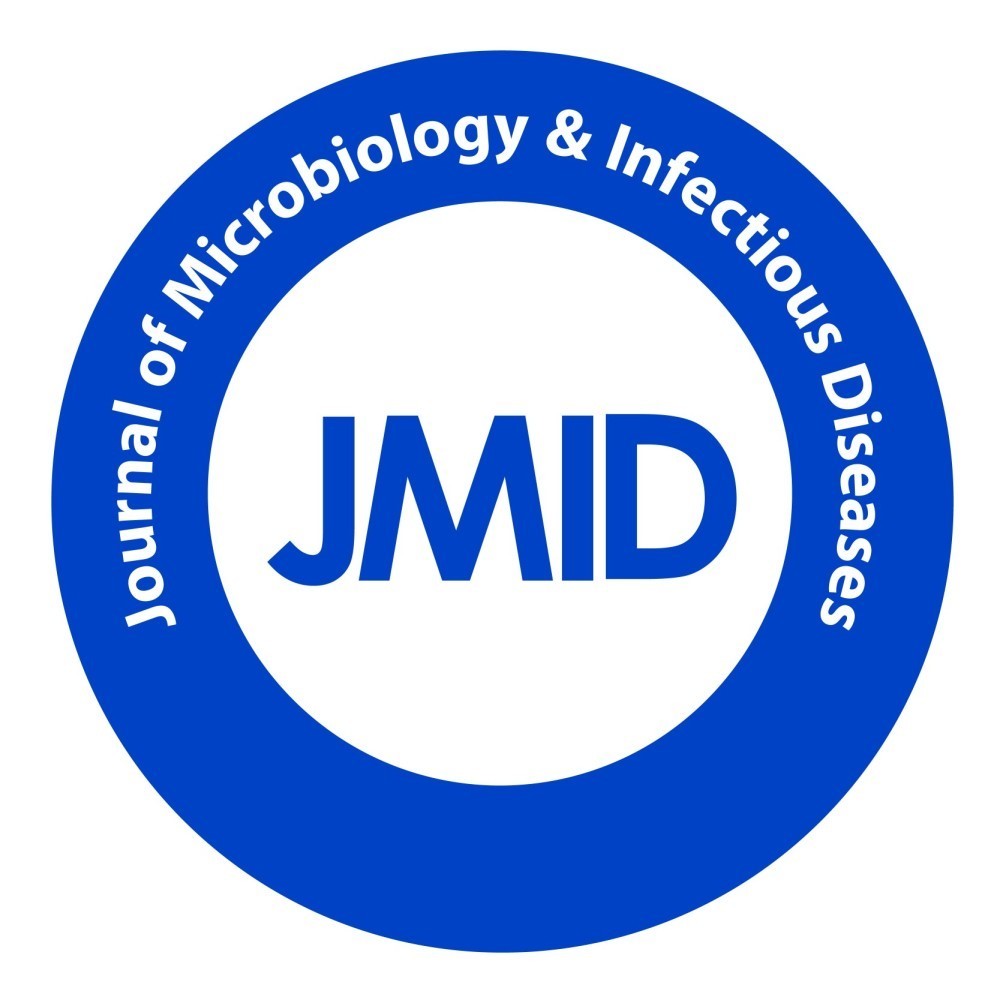
| Research Article | ||||||||||||||||||||||||||||||
Percutaneous injuries among healthcare workers at a general hospital Ibak Gönen, Mehmet Faruk Geyik.
| ||||||||||||||||||||||||||||||
| How to Cite this Article |
| Pubmed Style Gonen I, Geyik MF. Percutaneous injuries among healthcare workers at a general hospital. J Microbiol Infect Dis. 2011; 1(1): 26-30 . doi:10.5799/jmid02.2011.01.0007 Web Style Gonen I, Geyik MF. Percutaneous injuries among healthcare workers at a general hospital. https://www.jmidonline.org/?mno=302657058 [Access: November 11, 2025]. doi:10.5799/jmid02.2011.01.0007 AMA (American Medical Association) Style Gonen I, Geyik MF. Percutaneous injuries among healthcare workers at a general hospital. J Microbiol Infect Dis. 2011; 1(1): 26-30 . doi:10.5799/jmid02.2011.01.0007 Vancouver/ICMJE Style Gonen I, Geyik MF. Percutaneous injuries among healthcare workers at a general hospital. J Microbiol Infect Dis. (2011), [cited November 11, 2025]; 1(1): 26-30 . doi:10.5799/jmid02.2011.01.0007 Harvard Style Gonen, I. & Geyik, . M. F. (2011) Percutaneous injuries among healthcare workers at a general hospital. J Microbiol Infect Dis, 1 (1), 26-30 . doi:10.5799/jmid02.2011.01.0007 Turabian Style Gonen, Ibak, and Mehmet Faruk Geyik. 2011. Percutaneous injuries among healthcare workers at a general hospital. Journal of Microbiology and Infectious Diseases, 1 (1), 26-30 . doi:10.5799/jmid02.2011.01.0007 Chicago Style Gonen, Ibak, and Mehmet Faruk Geyik. "Percutaneous injuries among healthcare workers at a general hospital." Journal of Microbiology and Infectious Diseases 1 (2011), 26-30 . doi:10.5799/jmid02.2011.01.0007 MLA (The Modern Language Association) Style Gonen, Ibak, and Mehmet Faruk Geyik. "Percutaneous injuries among healthcare workers at a general hospital." Journal of Microbiology and Infectious Diseases 1.1 (2011), 26-30 . Print. doi:10.5799/jmid02.2011.01.0007 APA (American Psychological Association) Style Gonen, I. & Geyik, . M. F. (2011) Percutaneous injuries among healthcare workers at a general hospital. Journal of Microbiology and Infectious Diseases, 1 (1), 26-30 . doi:10.5799/jmid02.2011.01.0007 |









